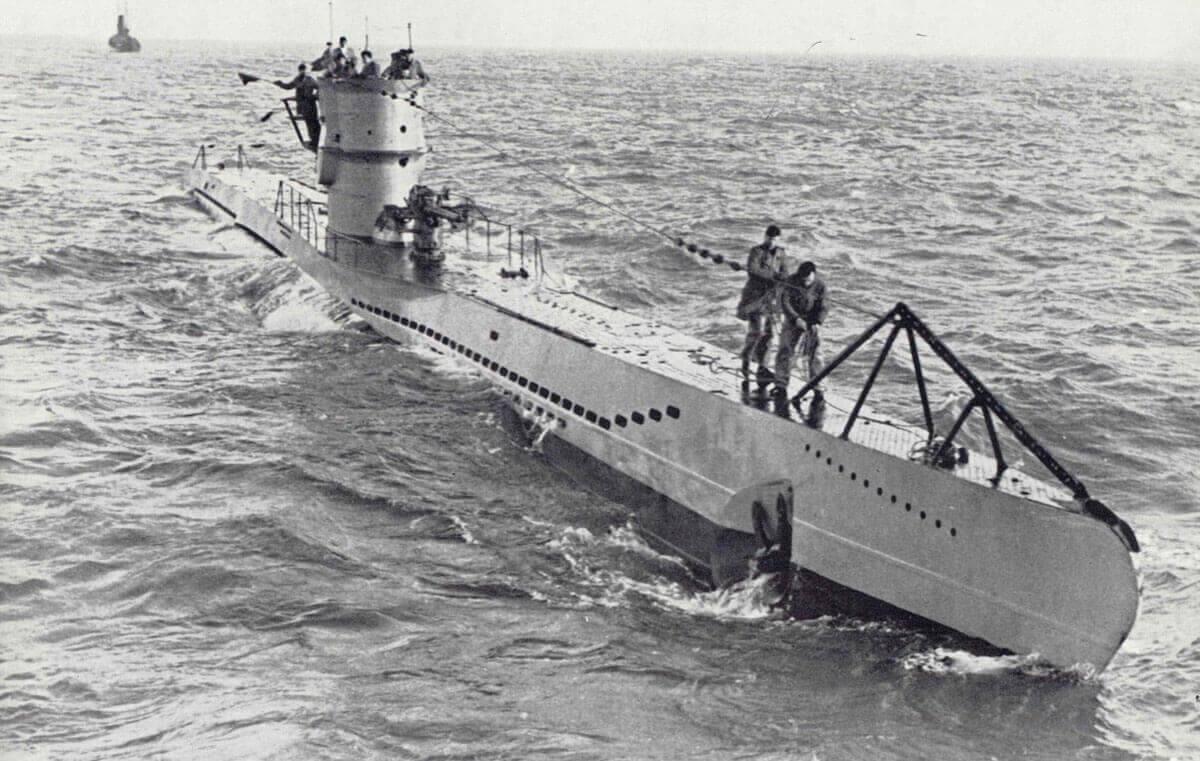
This was a 412ft-long steam cargo ship that had sunken deep in British ocean. It was actually sitting upright on the seabed deep in the ocean, about three miles under water. This shipwreck even had the red-and-black paintwork of the British-India Steam Navigation Company. After it was discovered, the torpedo hole was still visible and can clearly be seen on the side.
A Single Torpedo
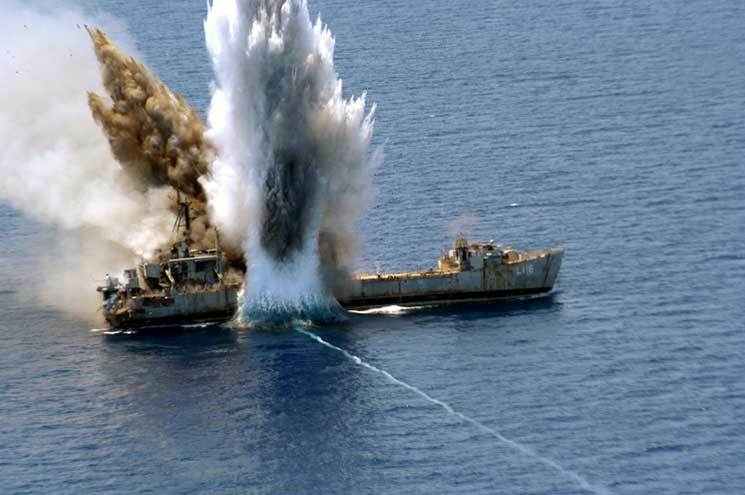
What should have reached Liverpool then met with an unfortunate incident! Since there was minimal protection for the ship, as of February 17, 1941, the large ship sunk in a matter of about 20 minutes due to the blow of a single torpedo. Three lifeboats had been launched, but only one crew member was able to escape death after the ship sank.
German U Boats

And what happened on the ship was also quite amazing. The Second Officer of the ship, Richard Ayres, did the unthinkable. He actually made it to land and reached the Cornish coast, 13 days after their ship sank. This was not the only ship that met with an unfortunate end during that month in 1941 and during the span of World War II. German U-boats had been ordered to attack any allied ship if spotted.
38 British Ships Sink
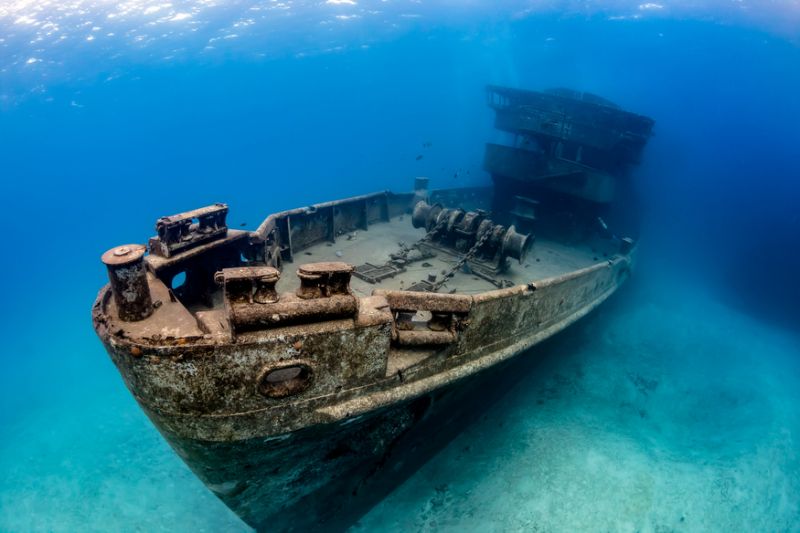
And so the time this ship sank was definitely a gloomy time for the allied forces. During the month of February 1941, 38 British ships had sunk because of various reasons, mostly due to the attack of the German forces. Many of these ships had been attacked by U-boats and because the British ships were old and heavy, they were unable to travel faster than eight knots.
A Notable Ship
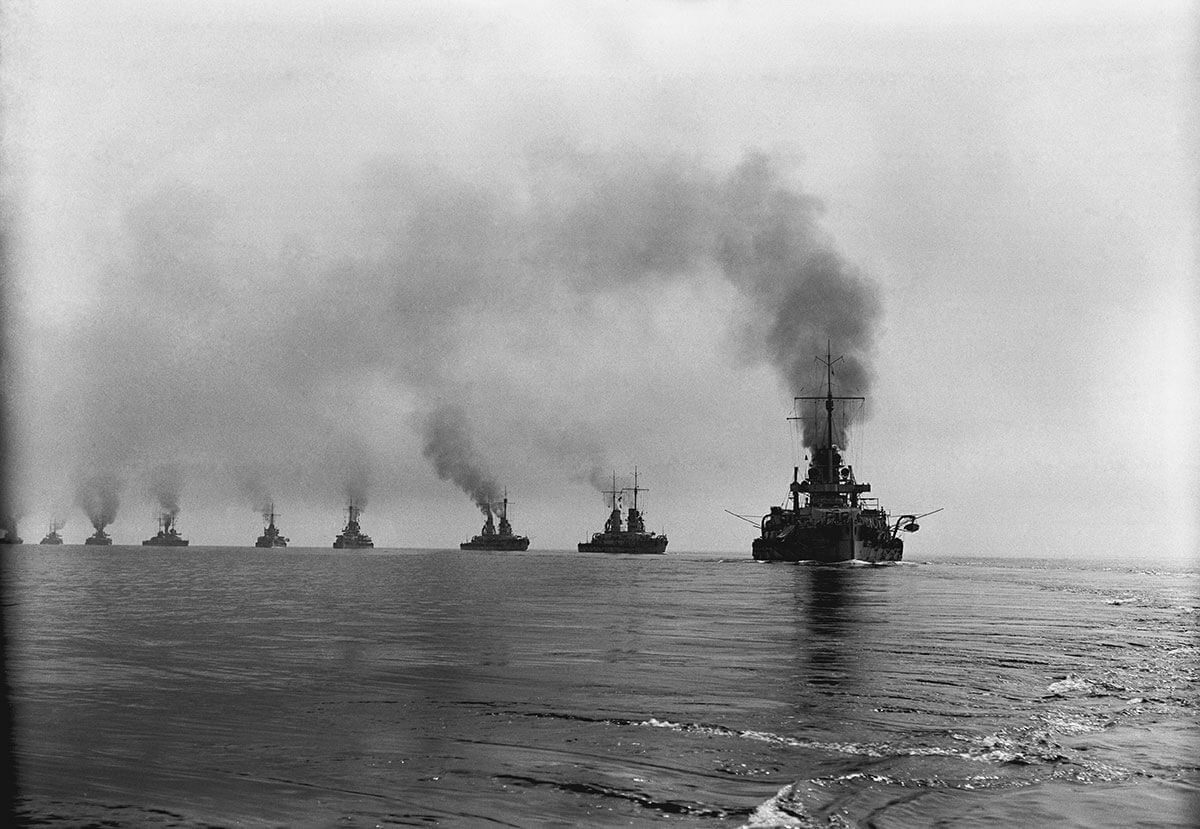
And among the 38 British ships that unfortunately sank in the ocean, the Gairsoppa was a notable ship. This ship had a load of 7,000 tonnes which included silver, iron, and tea. The crew members were forced to burn fuel to maintain its speed in the stormy seas while traveling north. And the captain proceeded towards doing something that ultimately led to the ship sinking and crew members’ death.
His Fatal Decision
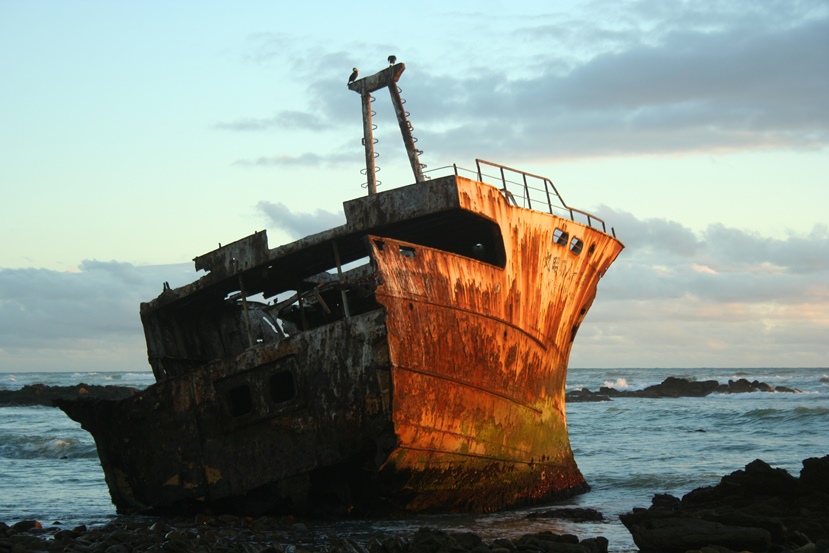
And so what did the captain of the ship do? Well, Captain Gerald Hyland was afraid that he would not have enough fuel to get them to Liverpool so he made a decision that would later prove to be a foolish one. After taking permission to break away from the convoy, he told his crew members to do as on February 14, 1941. And hence, his ship left the convoy.
